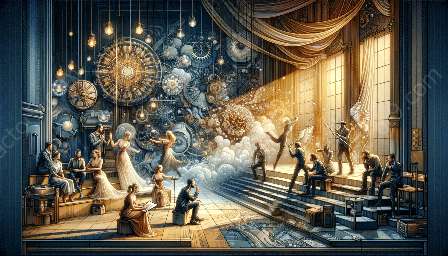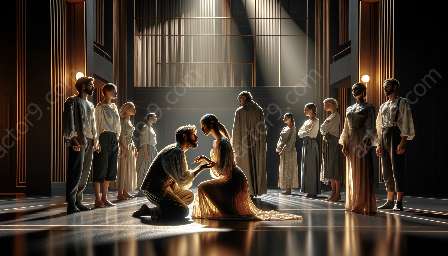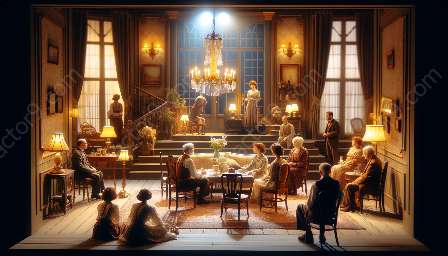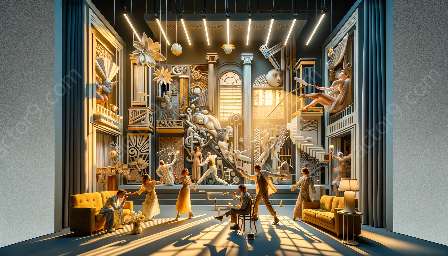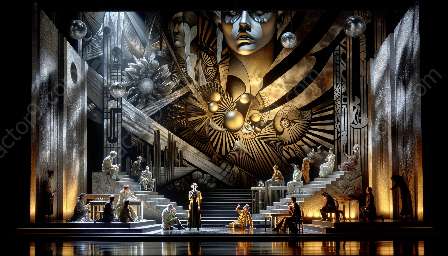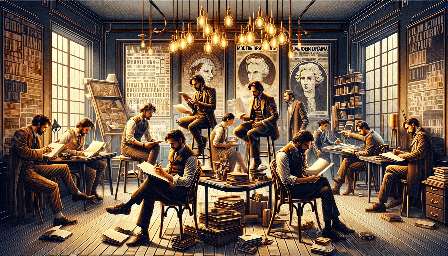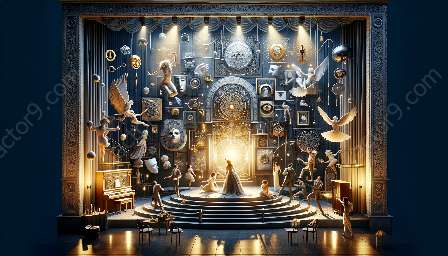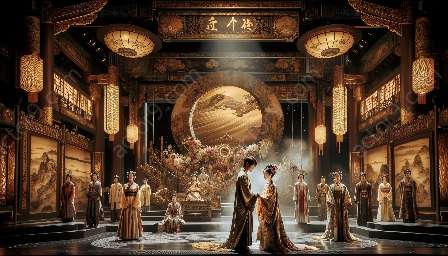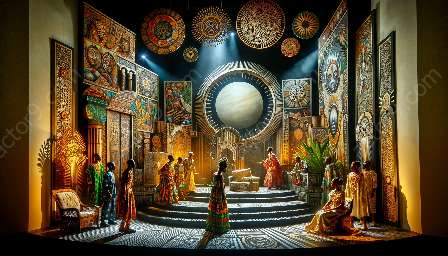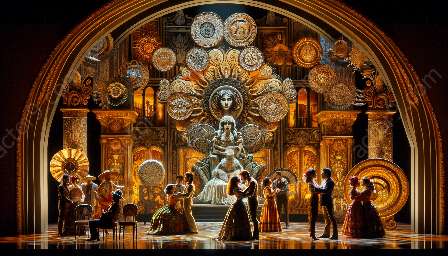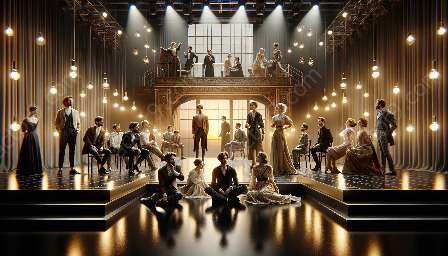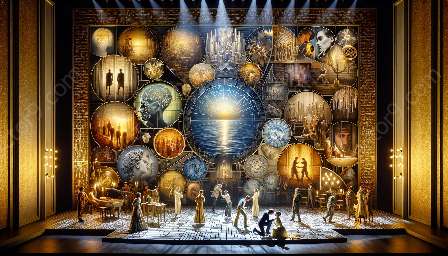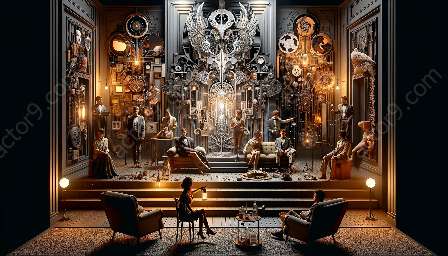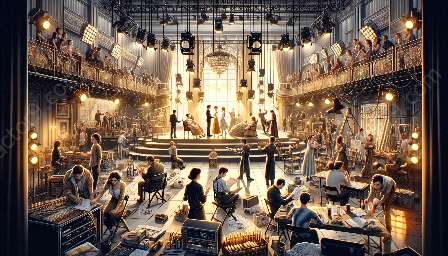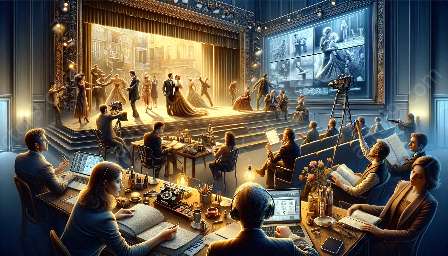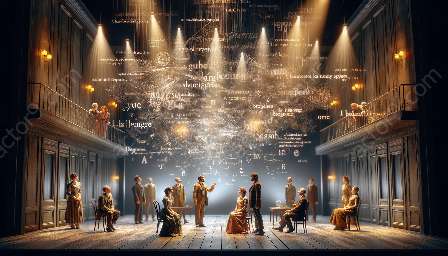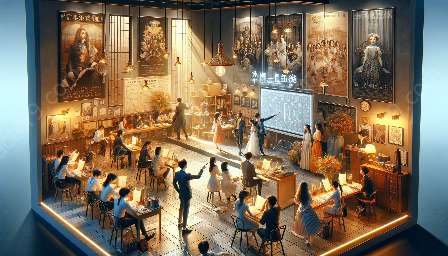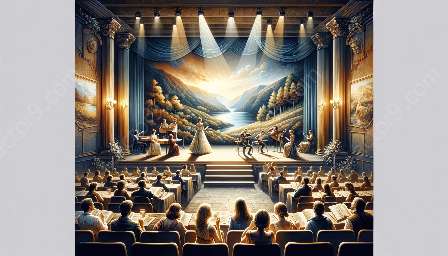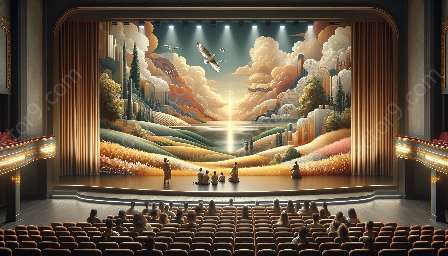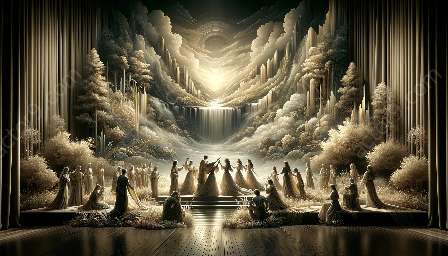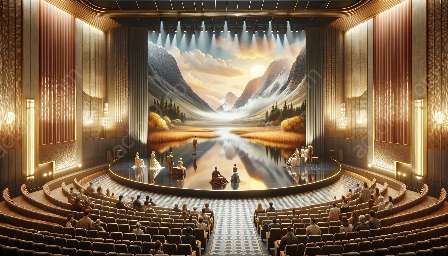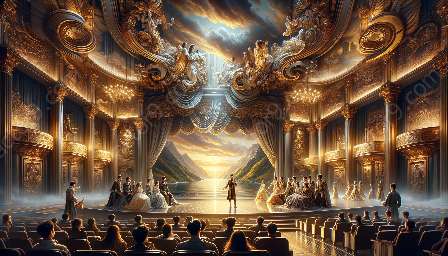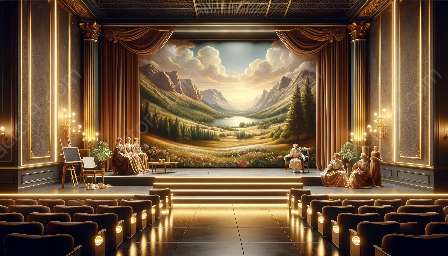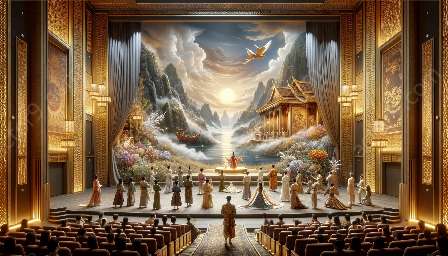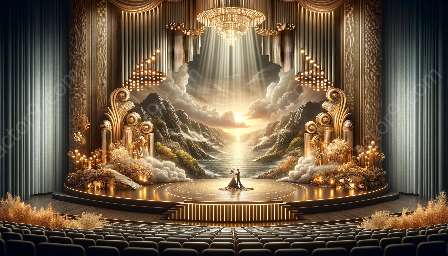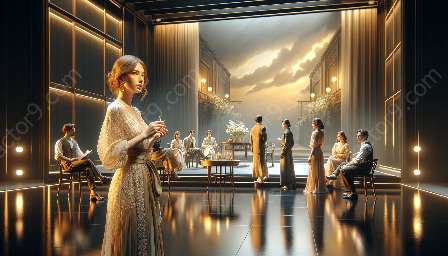Asian modern theater has been influenced by a myriad of contemporary challenges, from the impact of globalization and technology to the evolving socio-political landscape. These challenges have shaped the themes, styles, and performance techniques in modern Asian drama. As we delve into the world of Asian modern theater, it's crucial to understand the unique challenges that contemporary playwrights and theater practitioners face, and how these challenges have influenced the evolution of modern drama in Asia.
Impact of Globalization on Asian Modern Theater
One of the major challenges in Asian modern theater is the impact of globalization. As Asia continues to integrate into the global economy and cultural exchange, modern theater in the region has been shaped by the influences of Western drama and performing arts. This has led to a fusion of traditional Asian storytelling techniques with contemporary Western dramatic forms, resulting in a new and hybrid theatrical style.
This hybridization has presented challenges for Asian theater practitioners, as they navigate the complexities of maintaining cultural authenticity while embracing global influences. Playwrights and directors often grapple with the question of how to represent the diverse cultural and social landscapes of Asia on stage, while ensuring that their work resonates with international audiences.
Technological Advancements and Their Influence on Modern Drama
Another contemporary challenge in Asian modern theater is the rapid advancement of technology and its impact on theatrical productions. From multimedia integration to virtual reality, technological innovations have revolutionized the way stories are told on stage. This has opened up new possibilities for theatrical expression, but it has also posed challenges in terms of balancing the use of technology with the preservation of live performance elements.
Furthermore, the widespread accessibility of digital media has transformed audience engagement and expectations. Theater-makers in Asia are navigating the integration of digital storytelling platforms, immersive experiences, and interactive performances to captivate audiences while maintaining the essence of live theater. Such challenges require theater practitioners to explore innovative ways of incorporating technology into the fabric of modern Asian drama.
Socio-Political Relevance in Asian Modern Theater
Contemporary challenges in Asian modern theater also stem from the socio-political landscape of the region. Issues such as social inequality, political unrest, and environmental concerns have become prominent themes in modern Asian drama. Playwrights and directors are grappling with the responsibility of addressing these pressing issues through their work, while ensuring that their artistic endeavors remain sensitive to the diverse cultural and political contexts of Asia.
Furthermore, the dynamic societal changes in Asia have led to an increased demand for diverse and inclusive representation within modern theater. There is a growing emphasis on the portrayal of marginalized voices, the exploration of identity, and the dismantling of stereotypes in Asian drama. These challenges have sparked a wave of socially conscious and politically relevant theatrical productions that strive to prompt reflection and dialogue within Asian communities.
Conclusion
Asian modern theater continues to evolve in response to the contemporary challenges it faces. As globalization, technology, and socio-political dynamics shape the landscape of modern drama in Asia, theater practitioners are compelled to navigate these challenges with creativity, resilience, and a commitment to pushing the boundaries of storytelling. The interplay of these challenges has contributed to the dynamic and multifaceted nature of modern Asian theater, ensuring that it remains relevant, thought-provoking, and reflective of the complexities of Asian societies.


